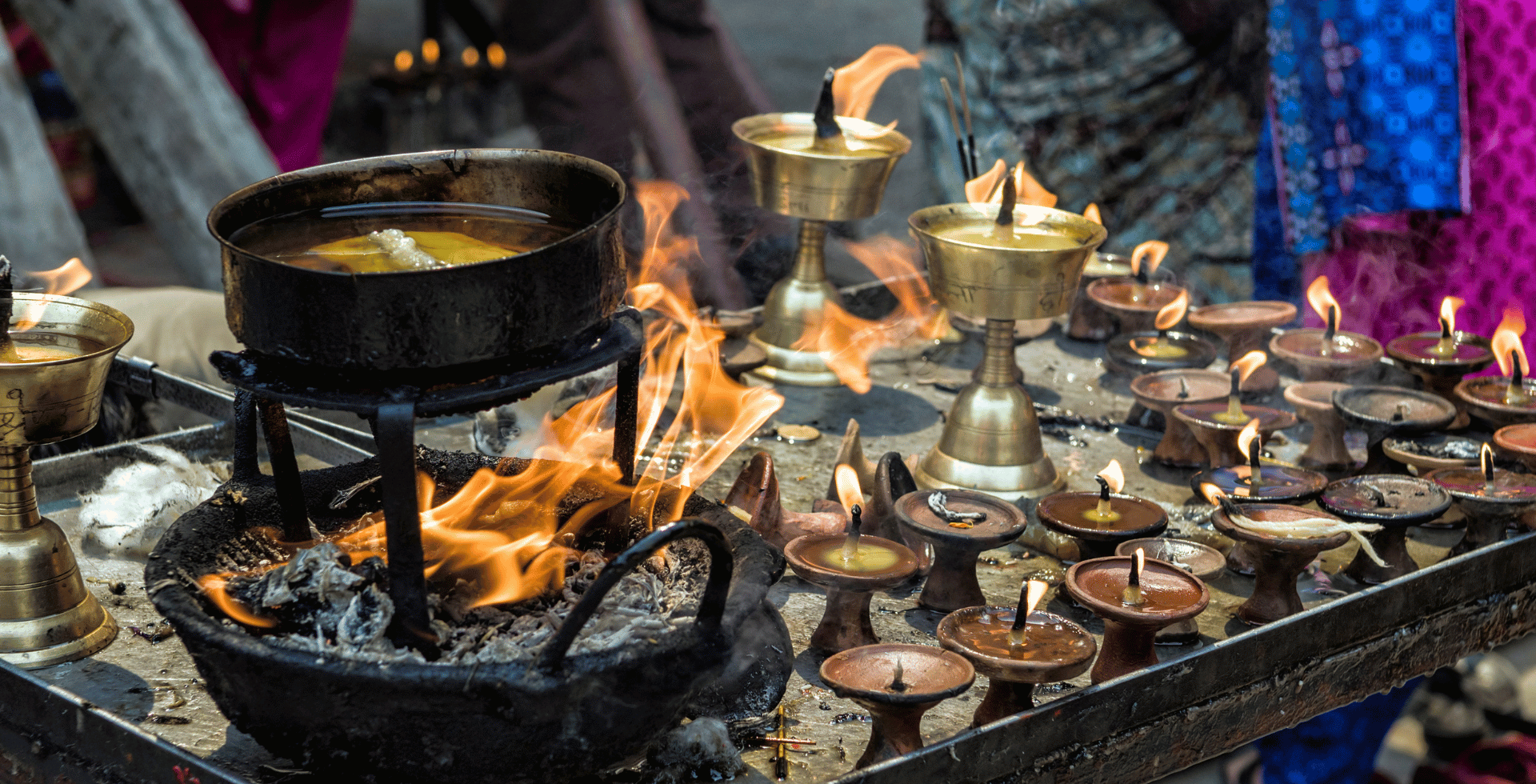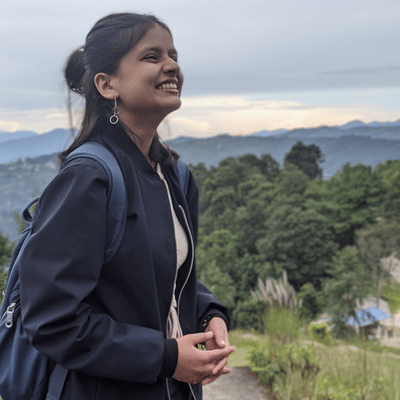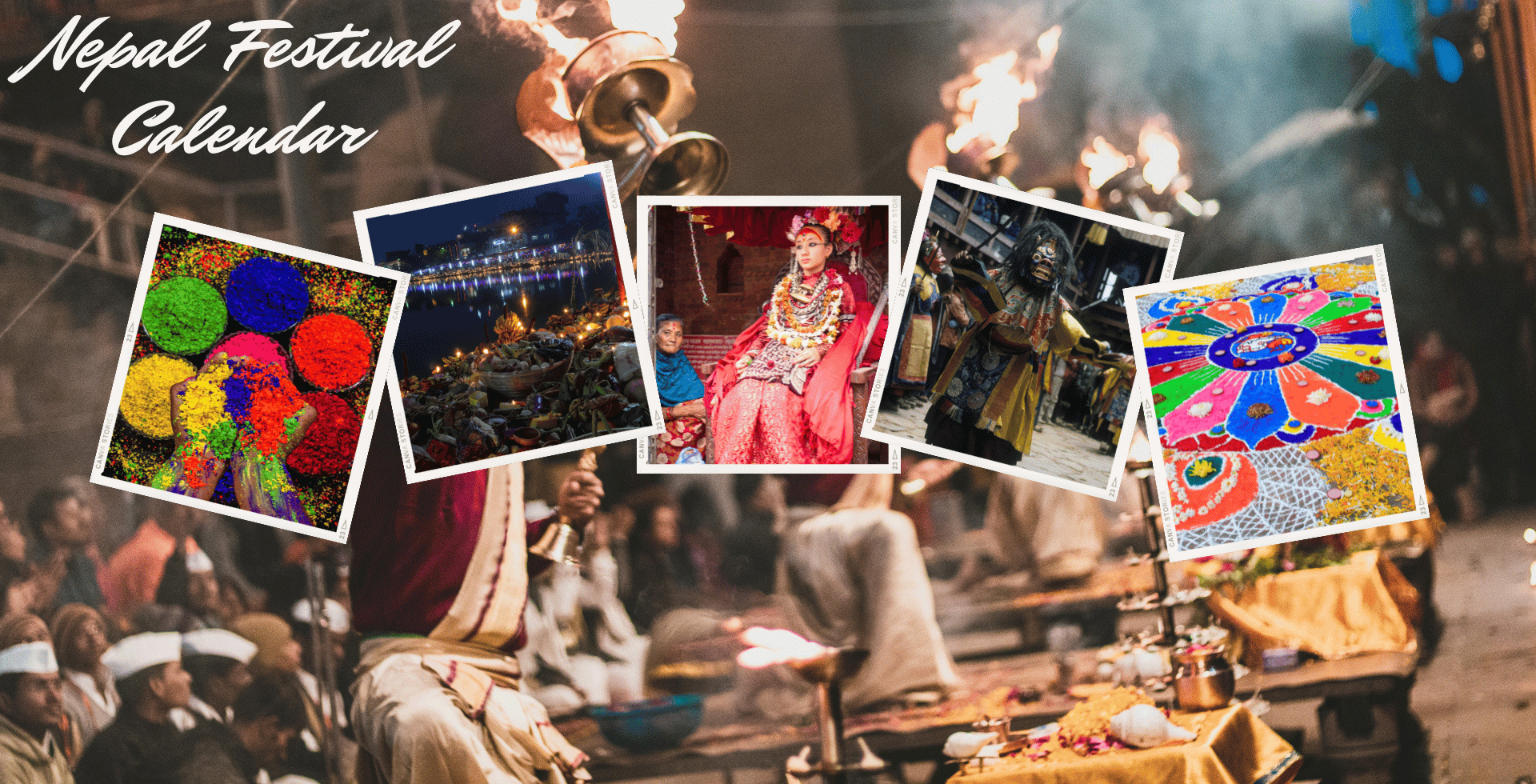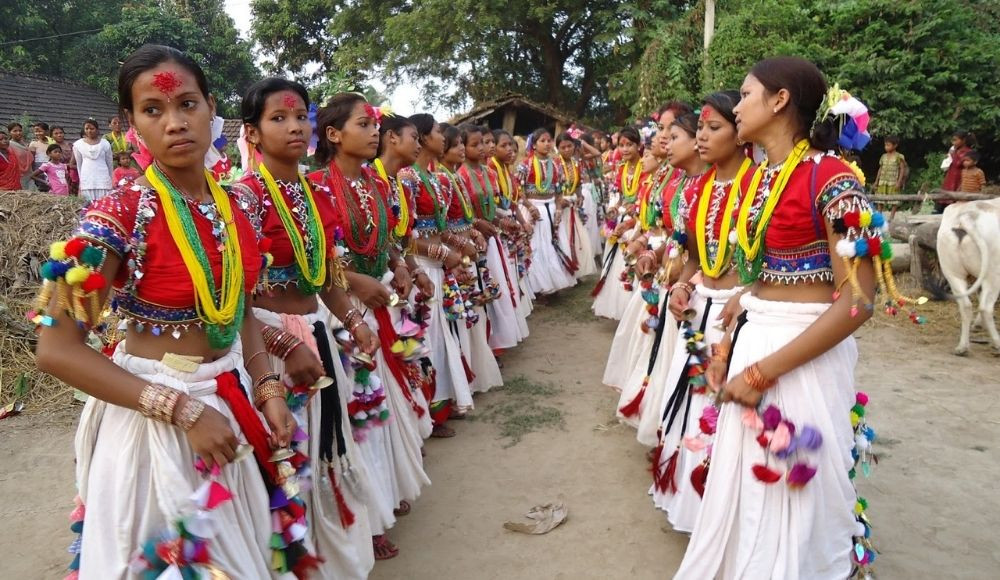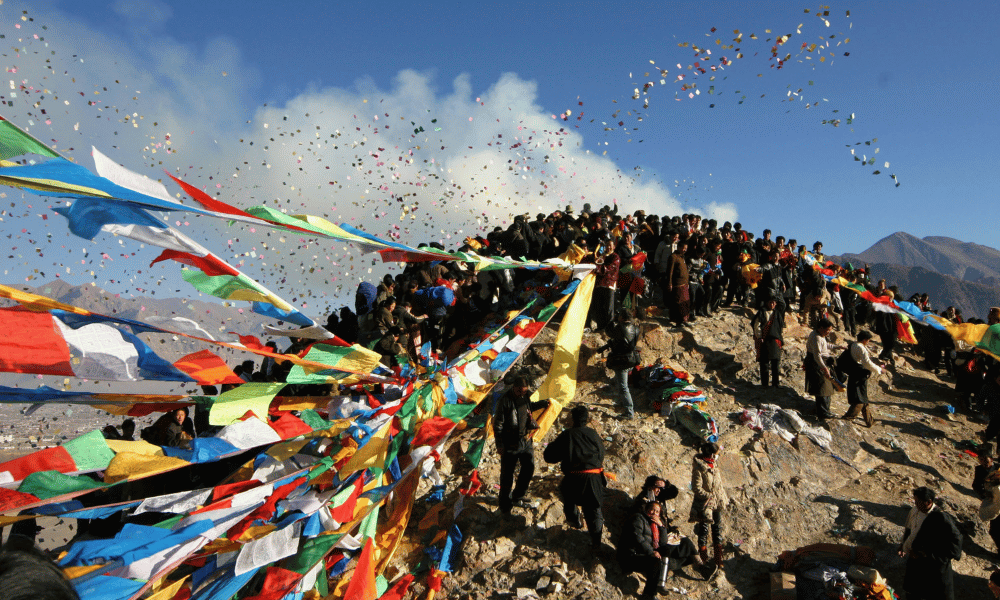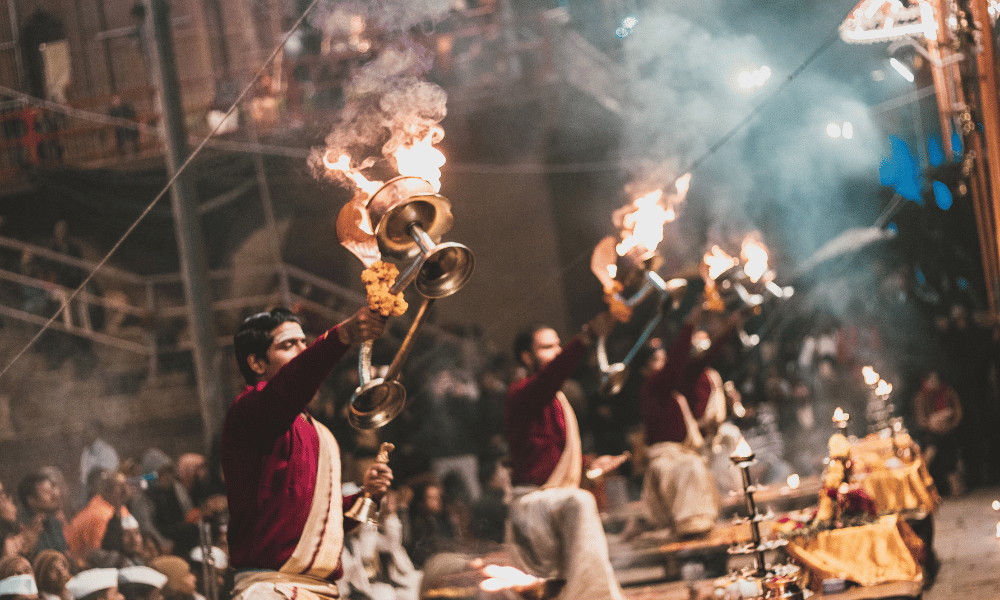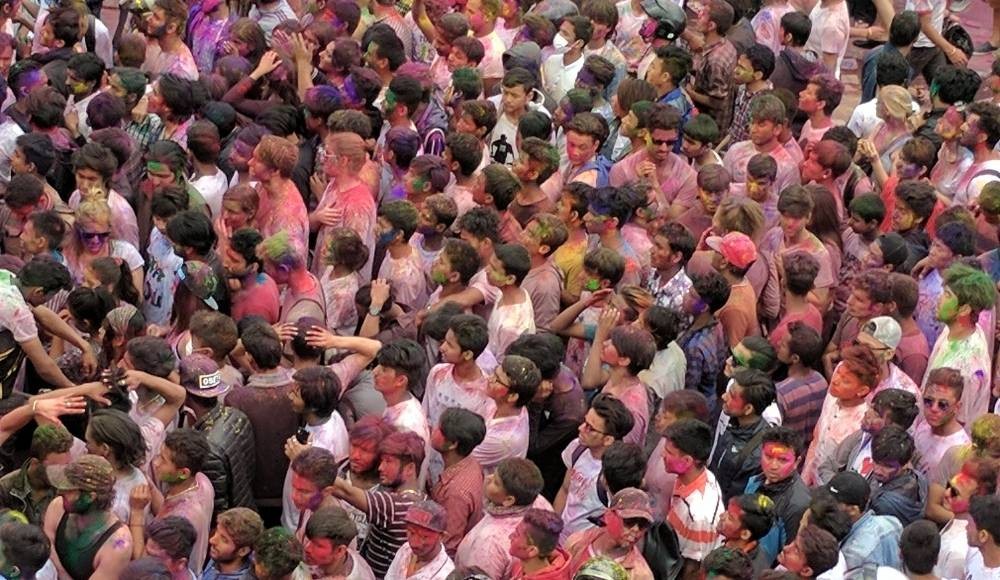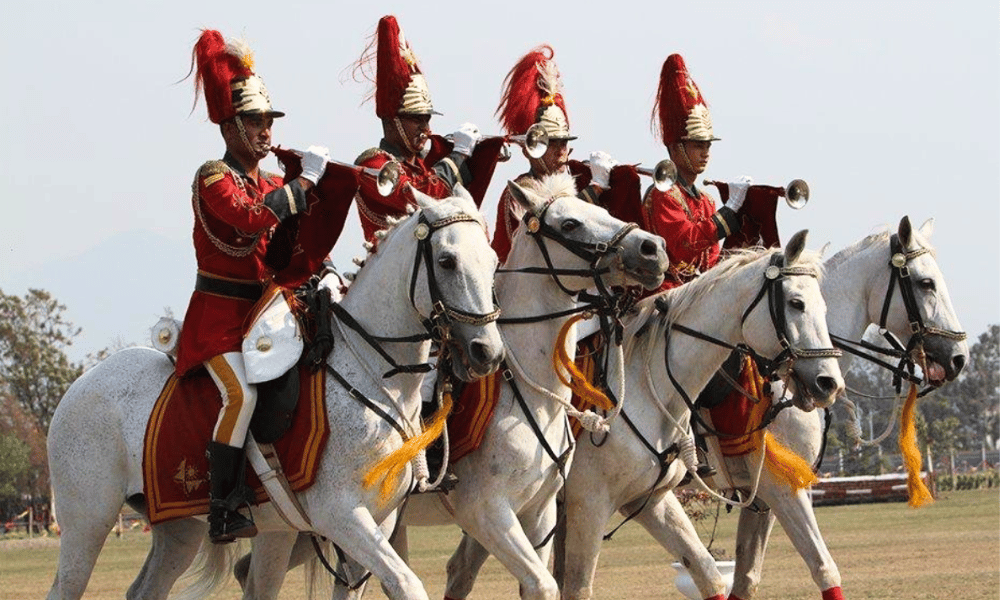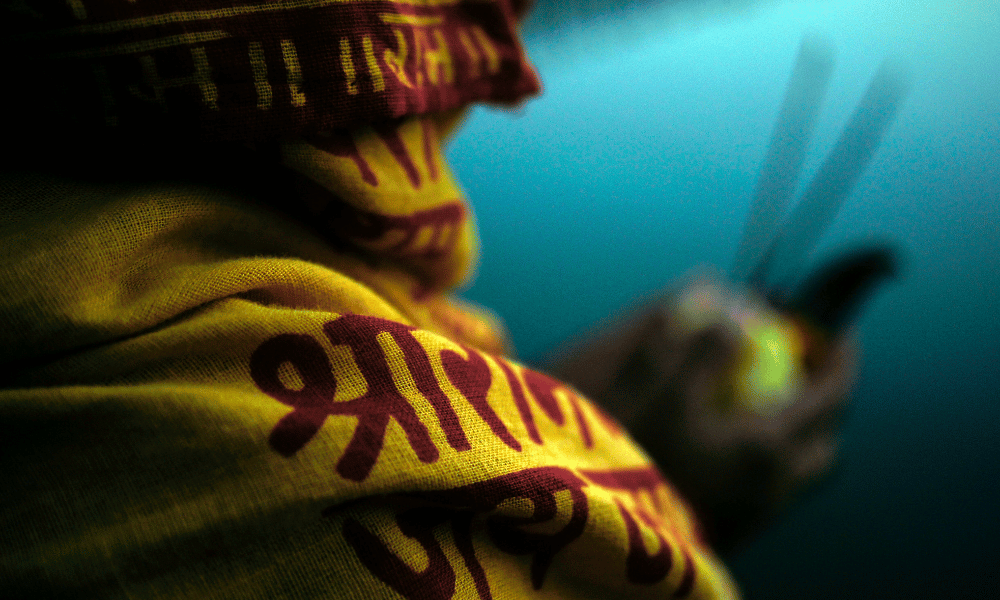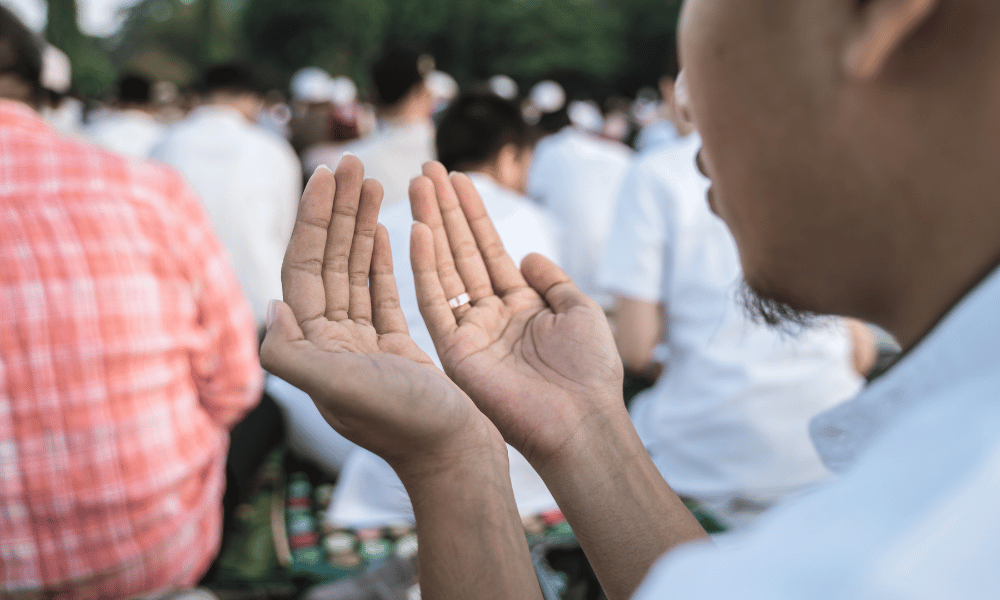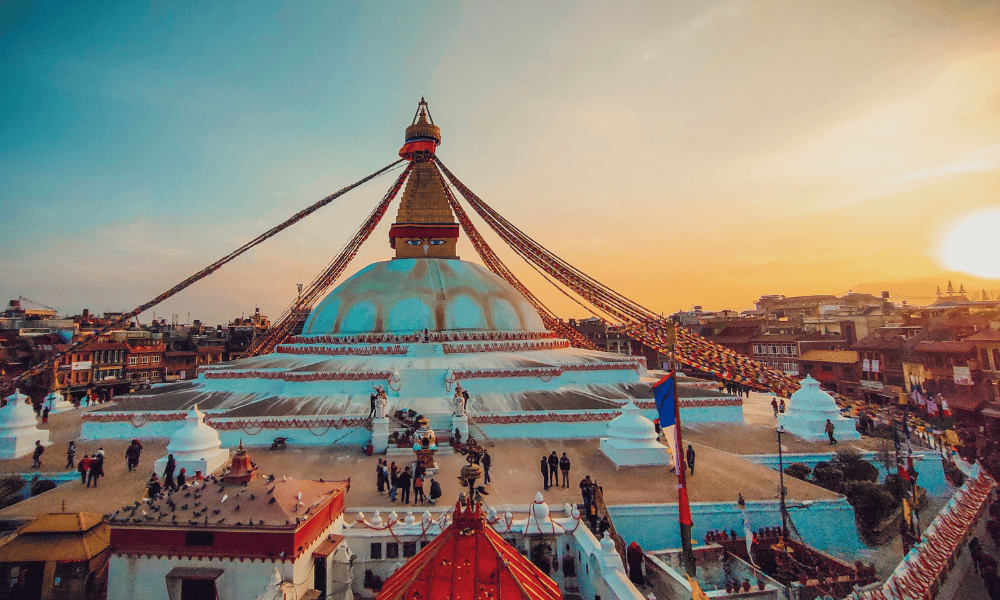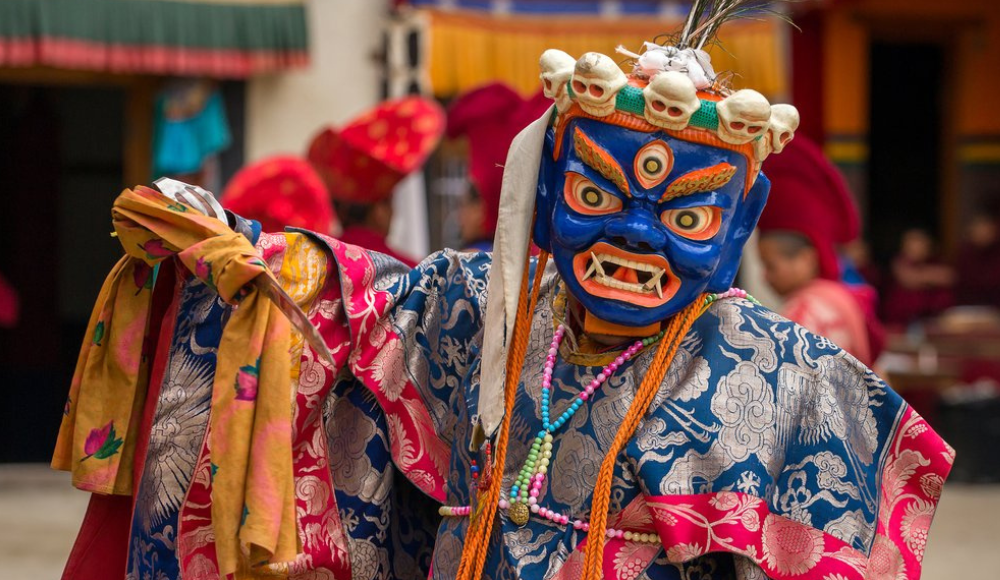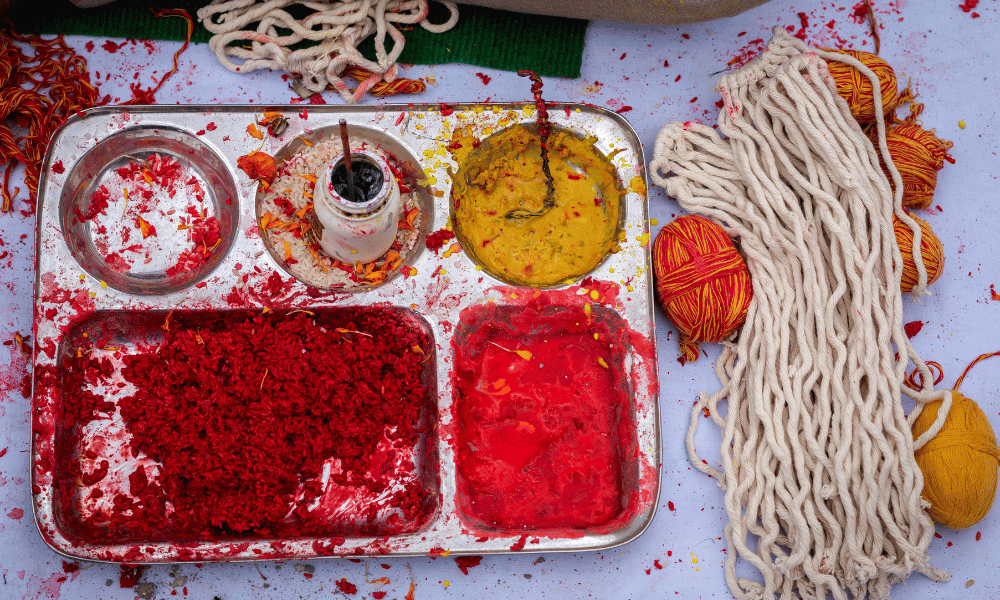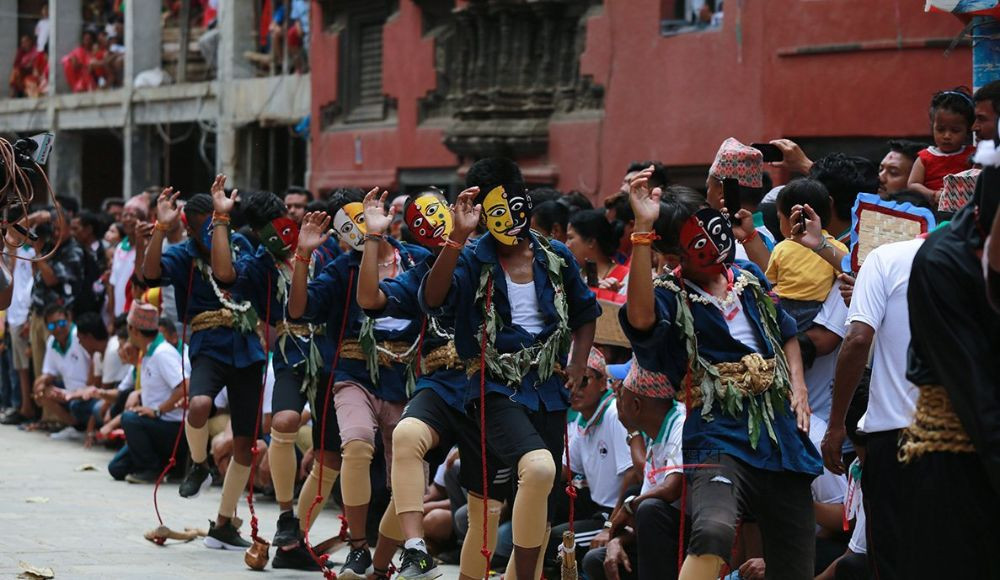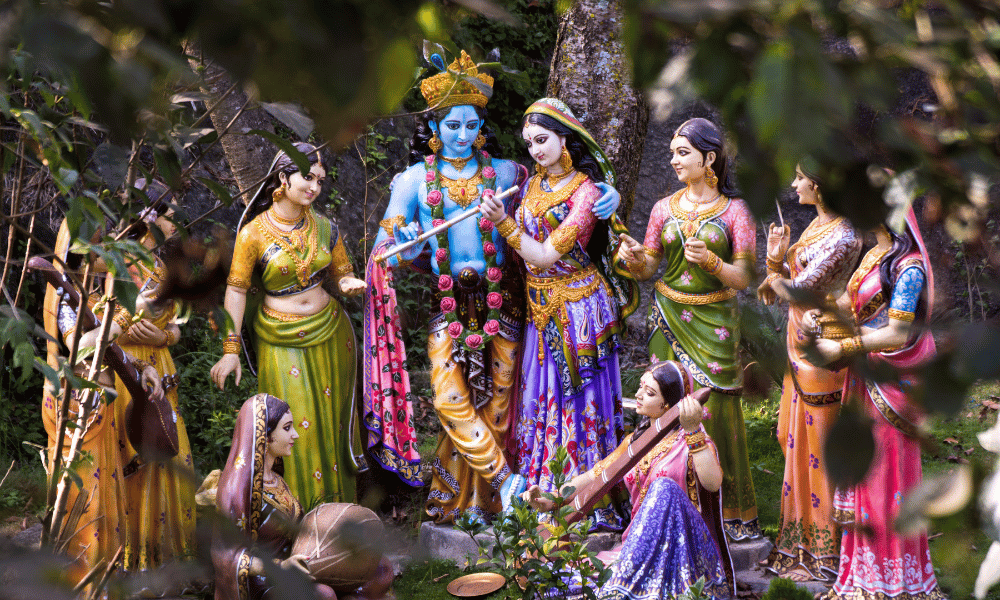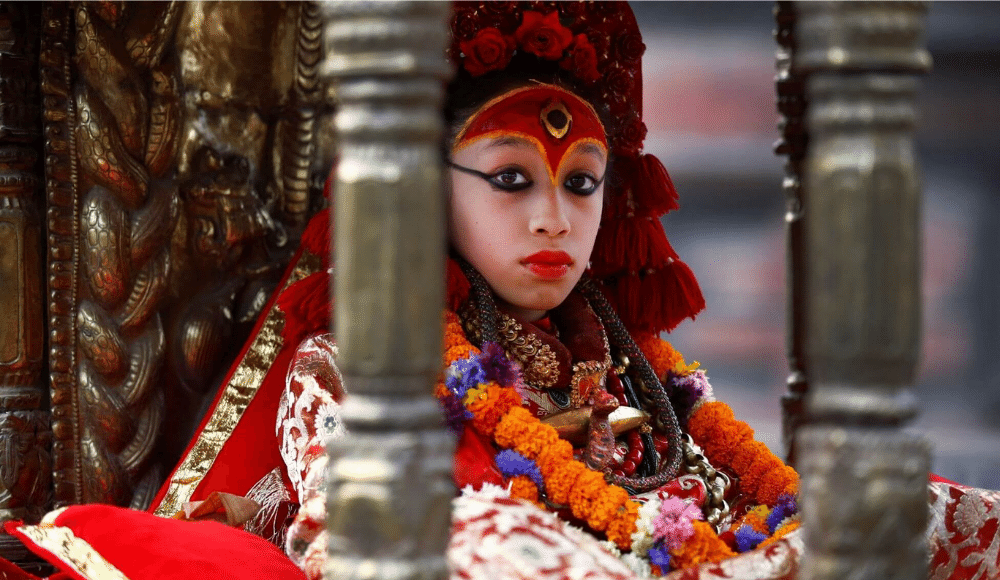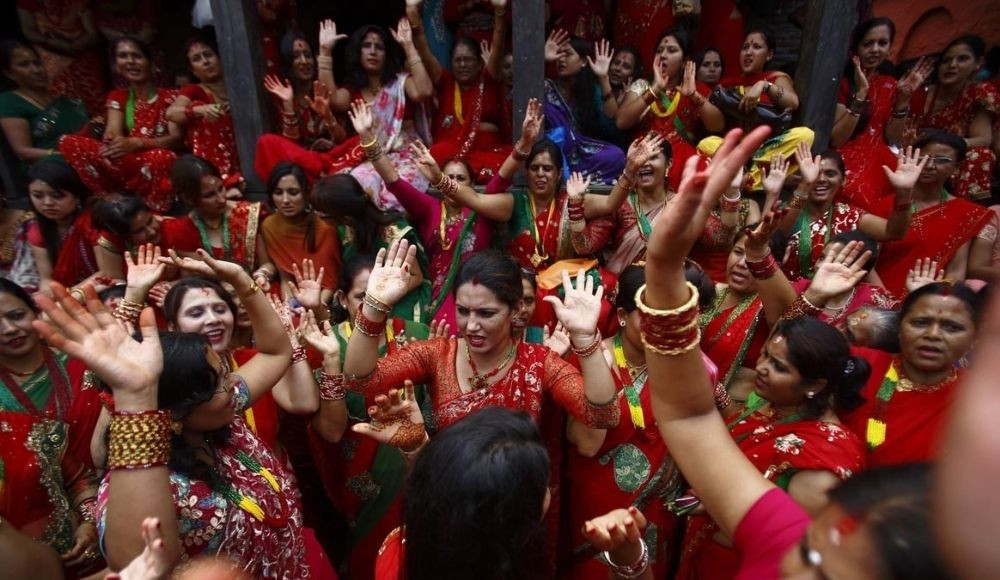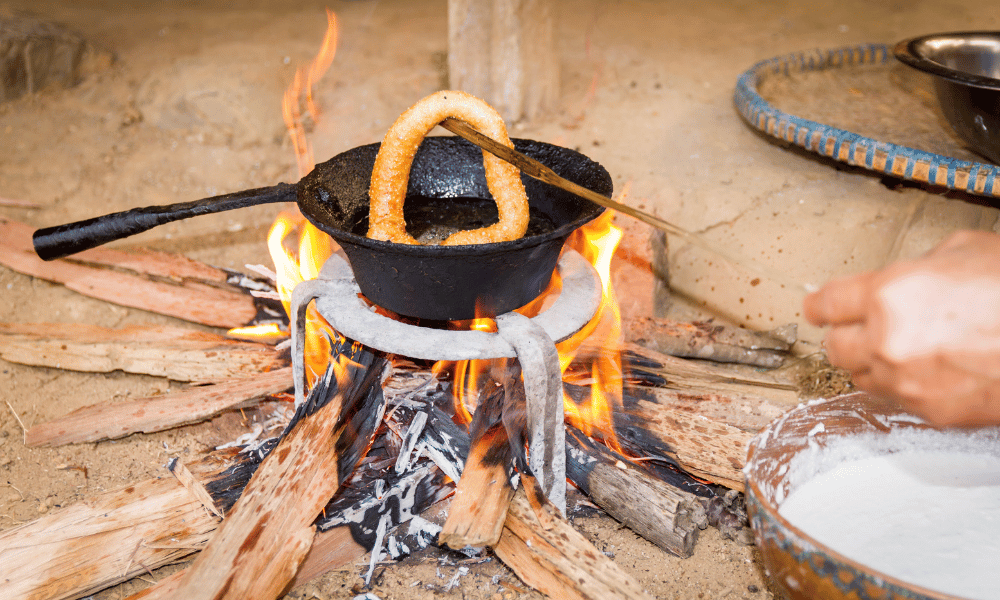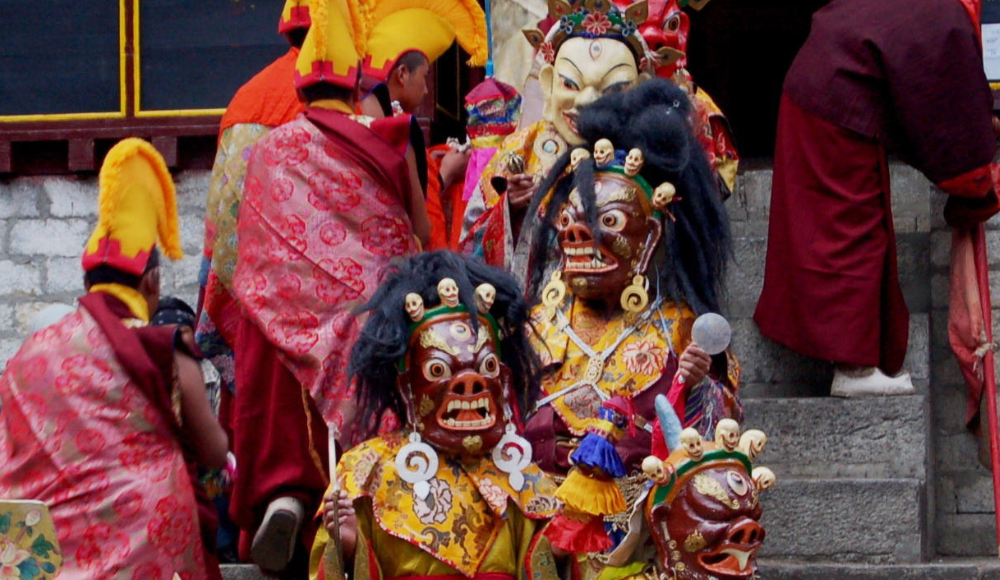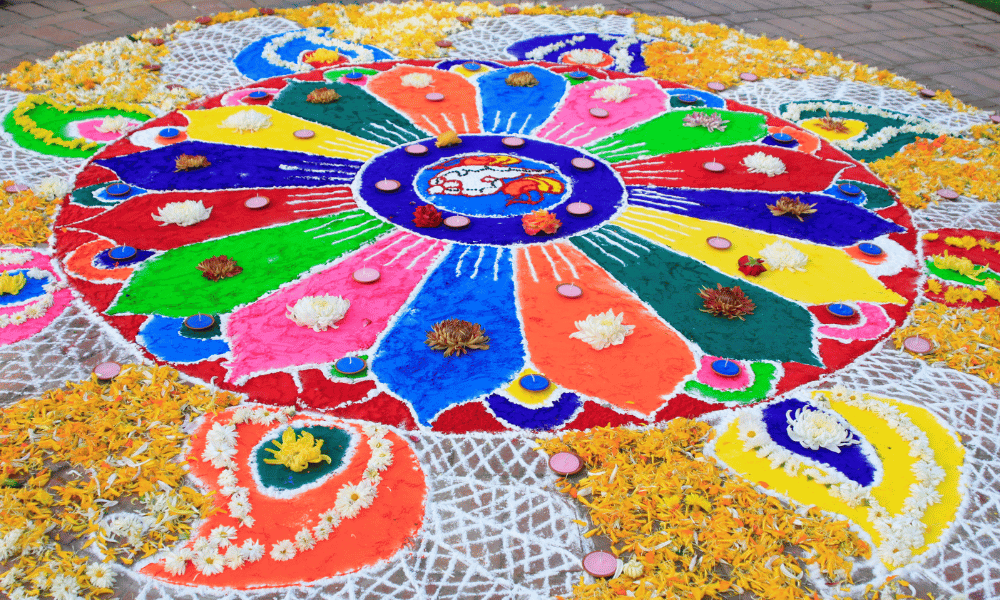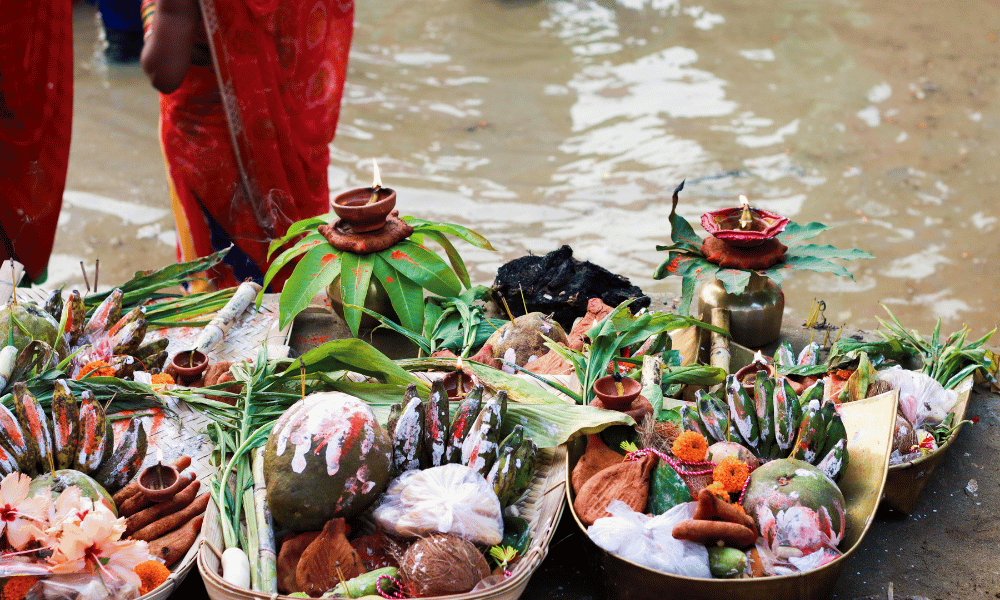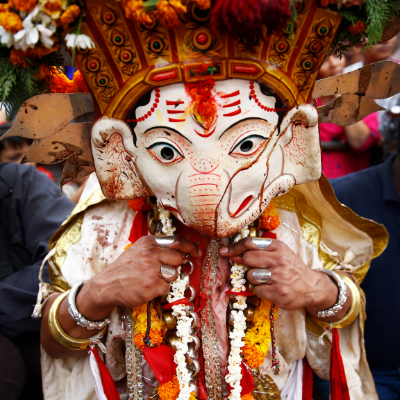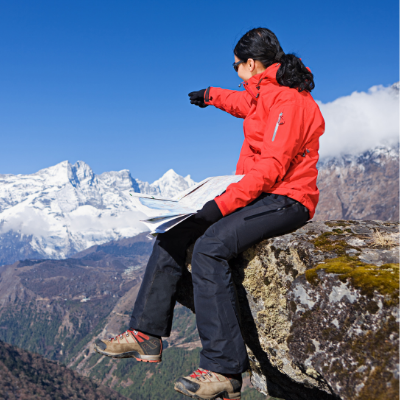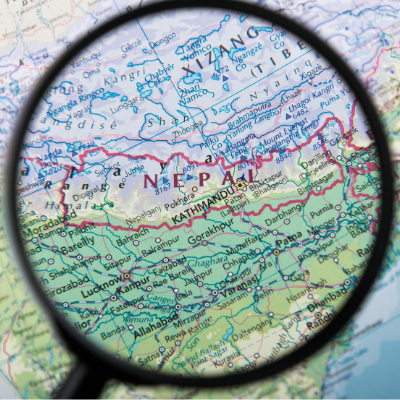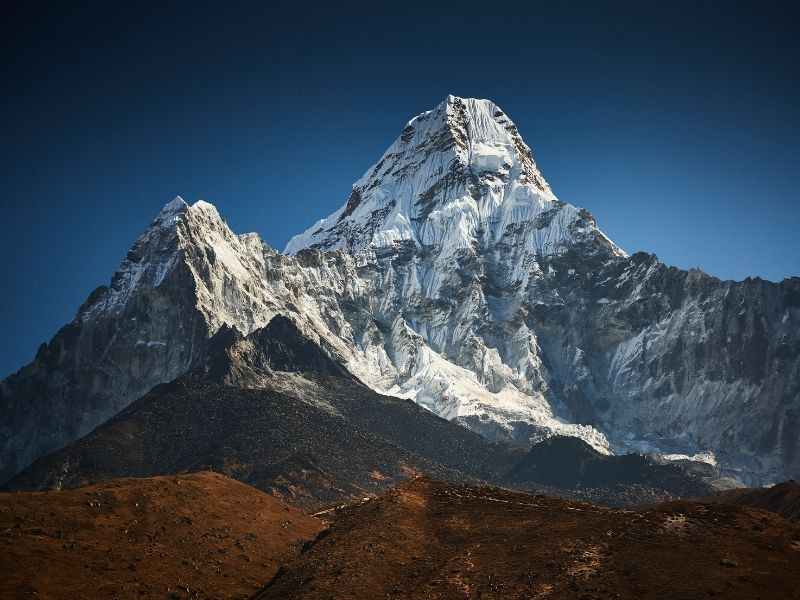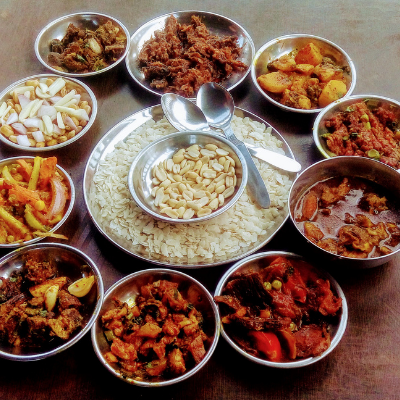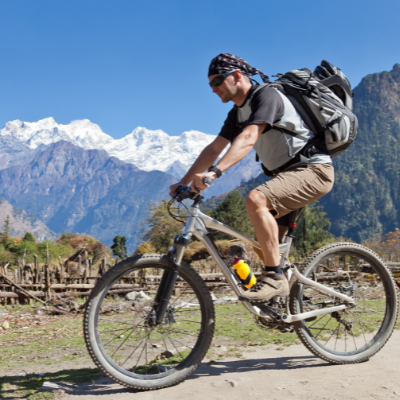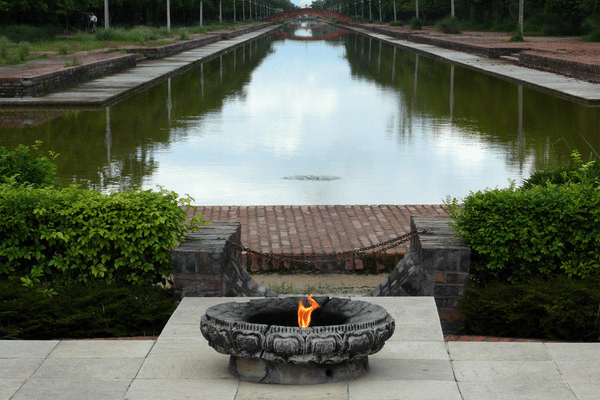December has a lot packed for you. From Udhauli Parva of the Kirat community, Christmas of Christians, Yomari Punhi, and Bibaha Panchami of Hindus, you can see a great variety of festivities showcasing not only religious but also cultural diversities in Nepal.
Bibaha Panchami
Bibaha Panchami is a traditional festival celebrated in Nepal that marks the marriage anniversary of Lord Ram and Sita. According to Hindu mythology, Lord Ram and Goddess Sita's wedding took place on this day in the ancient city of Janakpur. The festival is celebrated on the fifth day of the waxing moon in the month of Mangsir, which falls between November and December. This day is considered to be an auspicious day for marriage ceremonies, and many Nepali communities organize mass weddings or perform individual marriages on this day.
The festival is celebrated with great enthusiasm and fervor, particularly in Janakpur, where a grand procession is carried out from Ayodhya, the birthplace of Lord Ram, to Janakpur. The procession is called "Ram-Janaki Bibaha Panchami Yatra" and is a significant event for the people of Nepal. The procession features beautifully decorated chariots carrying idols of Lord Ram and Goddess Sita, along with a group of devotees singing and dancing to traditional music.
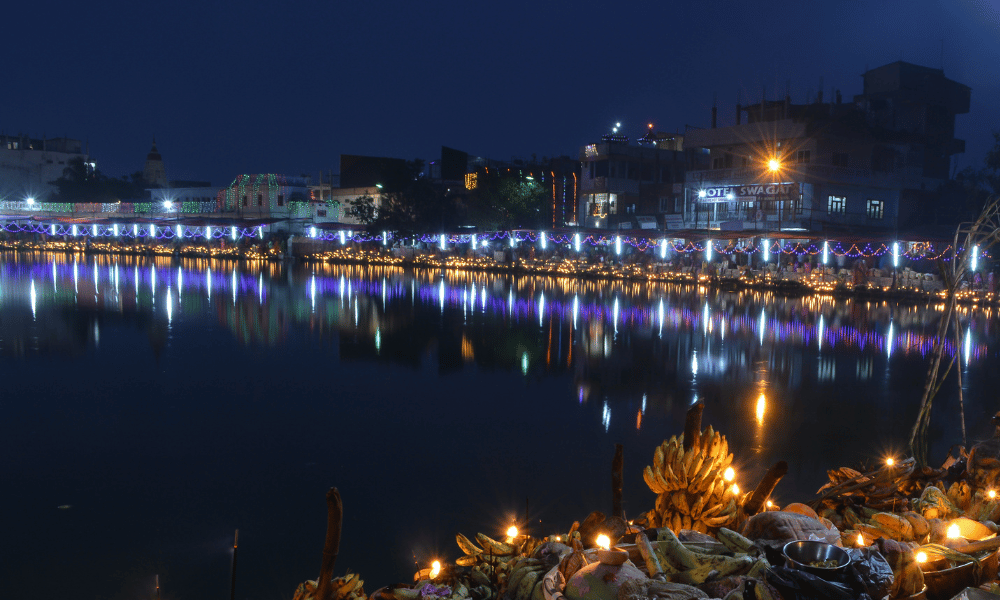
In Janakpur, the festival of Bibaha Panchami is celebrated with great pomp and show. The wedding of Lord Ram and Sita is reenacted on this day, and the city is decorated with colorful lights and flowers. People from all over Nepal visit Janakpur to witness the Mela and grand celebration as they seek blessings from the divine couple. The fair features cultural performances, traditional food stalls, and a host of activities centered around the theme of Lord Ram and Goddess Sita's wedding.
In recent years, the Nepalese government has taken initiatives to promote the Bibaha Panchami festival as a tourist attraction, recognizing its cultural and religious significance. The festival offers visitors a unique opportunity to witness the grandeur of Lord Ram and Goddess Sita's wedding anniversary celebrations, while also experiencing the rich cultural heritage of Nepal.
Udhauli Parva
As the leaves change color and the air turns crisp, the Kirat people of Nepal gear up to celebrate Udhauli Parva, the "Festival of Harvest." This joyous occasion marks the end of the harvest season and the beginning of the winter solstice.
The Kirat people embrace their deep-rooted relationship with nature during this festival. During Udhauli Parva, the Kirat people offer prayers and sacrifices to the mother goddess of fertility, nature, and prosperity, Goddess Salini. The festival is a celebration of the abundant harvest, and it is believed that the goddess' blessings will bring good fortune for the next harvest season.
The festival includes a variety of cultural events such as folk music, dance performances, and traditional Kirati games. People dress in colorful traditional attire and gather around bonfires, singing and dancing to celebrate the occasion. The vibrant and energetic Sakela and Chandi Nach dances take center stage, accompanied by the rhythmic beats of traditional instruments.
One of the significant aspects of the festival is the animal sacrifice, where a buffalo is sacrificed to the goddess Salini as an offering for a good harvest in the following year. However, in recent years, there has been a shift towards celebrating the festival without animal sacrifices. Overall, Udhauli Parva is a celebration of community, nature, and tradition for the Kirat people of Nepal.
Christmas
Christmas in Nepal is a festive occasion celebrated by a small but vibrant Christian community in the country on the 25th of December. While the holiday is not a public holiday in Nepal, many Nepalese people, regardless of religion, enjoy participating in the Christmas festivities. The significance of Christmas lies in its representation of the birth of Jesus Christ, the son of God, and the arrival of hope, joy, and peace to the world.
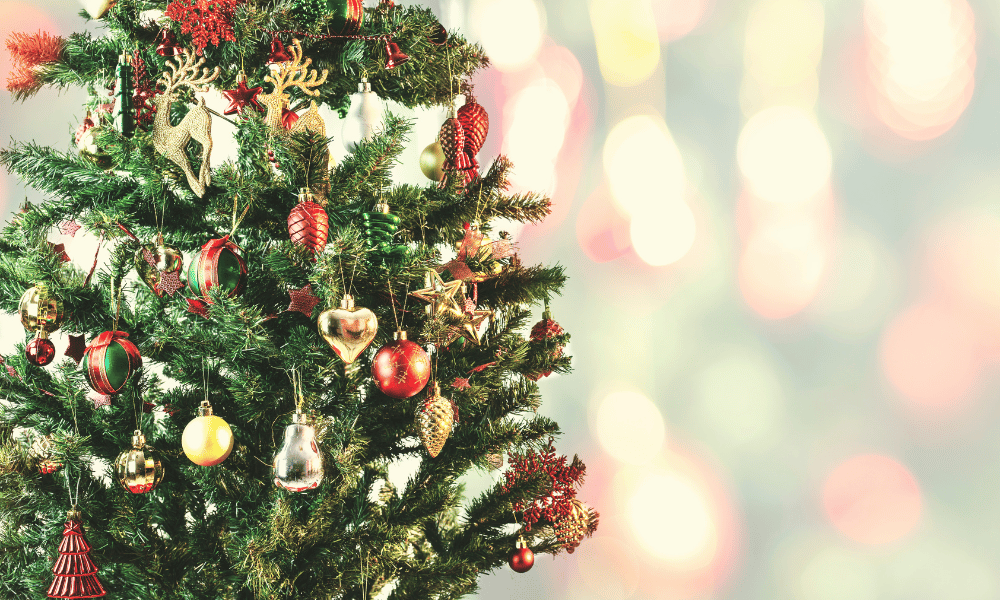
Traditional customs and rituals during Christmas in Nepal vary depending on the Christian denomination. It includes attending midnight mass at churches, exchanging gifts, singing Christmas carols, and decorating Christmas trees. The midnight mass is an essential aspect of the celebrations, where people gather to pray, offer thanks for the year gone by, and seek blessings for the year ahead.
One of the key attractions of Christmas in Nepal is the vibrant atmosphere and festive spirit that permeates the streets, especially in cities with larger Christian populations such as Kathmandu and Pokhara. Many shops and restaurants offer special Christmas-themed menus and promotions, and there are often public events such as parades, concerts, and charity drives. The use of traditional Nepali musical instruments in Christmas carols adds a unique touch to the celebrations.
Despite being a relatively minor holiday in Nepal, Christmas is a reminder of the importance of inclusivity and celebrating diversity in a multicultural society. It is an opportunity to learn about and appreciate different religious and cultural traditions and to spread love and joy to those around us.
Yomari Punhi
Yomari Punhi falls on the full moon day in the Nepali month of Mangsir, which usually falls in December. The festival is primarily centered around the traditional Newari delicacy called "Yomari," which is a sweet dumpling made of rice flour filled with khuwa (condensed milk dish) or sesame seeds and Chaku (molasses). The dumpling is shaped like a fish, which symbolizes good luck and prosperity.
On this day, families gather together to make Yomari and offer it to the deities, primarily the goddess of grain, Annapurna. The day begins with a ritual bath, and then people start preparing Yomari with rice flour and fillings made of both Khuwa and Chaku based on individual preferences. The dumplings are steamed and then offered to the goddess Annapurna before being consumed by the family members.
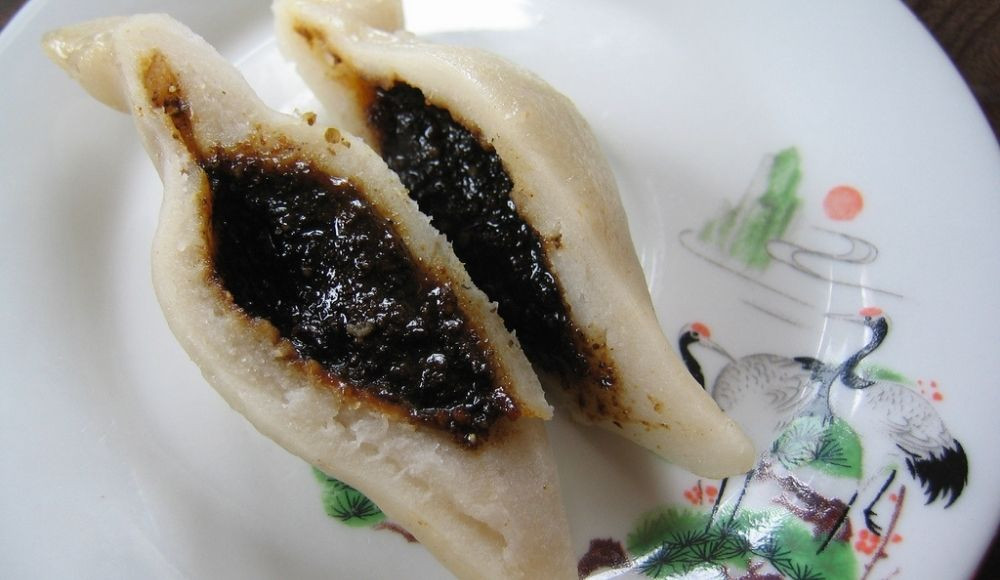
Apart from Yomari, the festival also involves the worship of the god of wealth, Kuber. The Newar community also performs various cultural programs such as dances and dramas, making it a truly vibrant celebration of culture and tradition. In recent years, Yomari Punhi has also become a popular festival among tourists, who come to Nepal to experience the unique Newari culture and taste the delicious Yomari.



